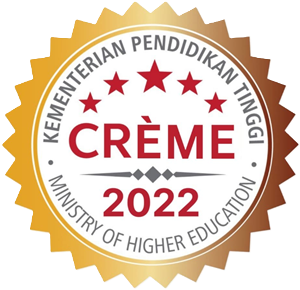CLIMATE VARIABLES EFFECT ON EBONY LEAF MORPHOLOGY AND ITS REGIONAL IDENTIFICATION
DOI:
https://doi.org/10.26525/jtfs2023.35.2.109Keywords:
Classification, ebony, environment, support vector machineAbstract
Ebony is a member of Diospyros genus, commercially used for furniture, sculpture, musical instruments and others. Ebony can be found to grow naturally in Sulawesi, Indonesia. According to the IUCN Red List of Threatened Species, ebony is included in the vulnerable category because of its decreasing population size due to the demand for the wood is not balanced by the successful cultivation. In the natural ecology, its growth performance is influenced by climate variables and soil properties which affects stand productivity and resilience including morphological responses. The extent to which leaf morphological responses due to climate variability have not been studied using extensive leaf samples collected from a wide range of natural distribution. The generated data that could be used to determine among others the suitability of growing sites and origins. This study aimed to analyse the variability of leaf morphology according to climatic condition and classify the morphology of ebony leaves by region based on support vector machine method. Results showed that climate variables such as temperature, rainfall and length of sun exposure have significant relationship to the morphology of ebony leaf. Moreover, the classification results by using support vector machine to identify ebony leaf morphology based on the region obtained a mean accuracy rate of 86.89%.









